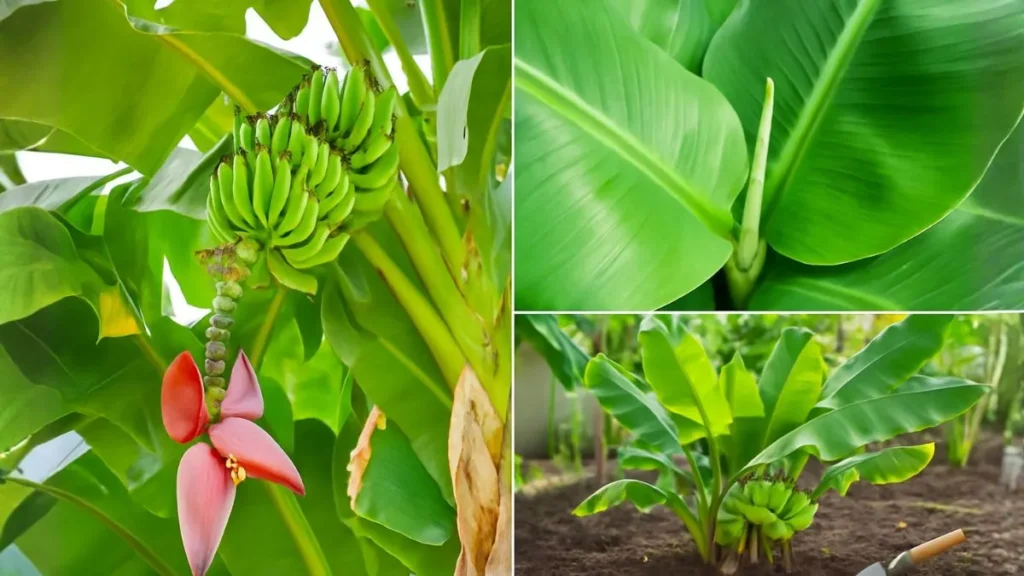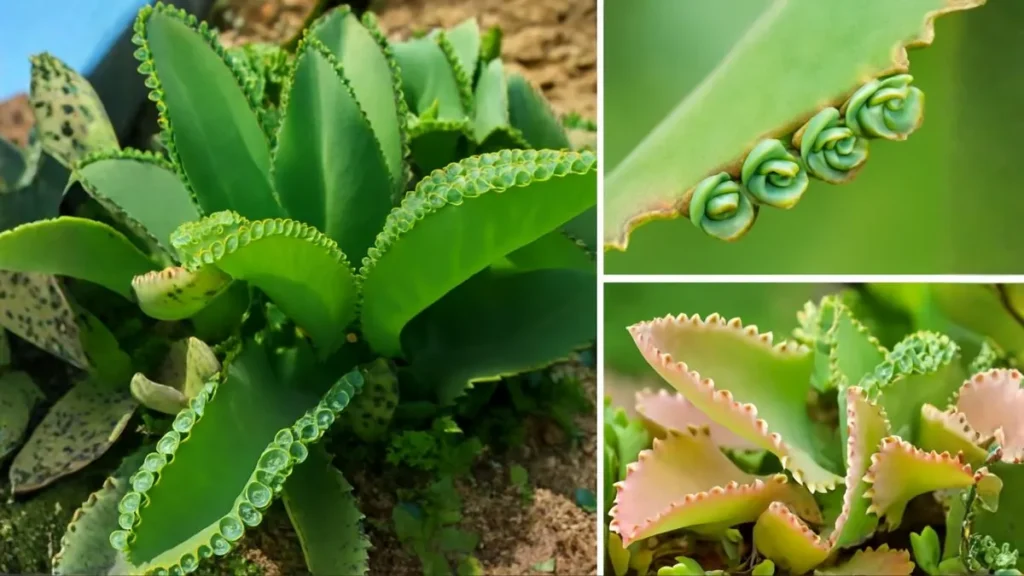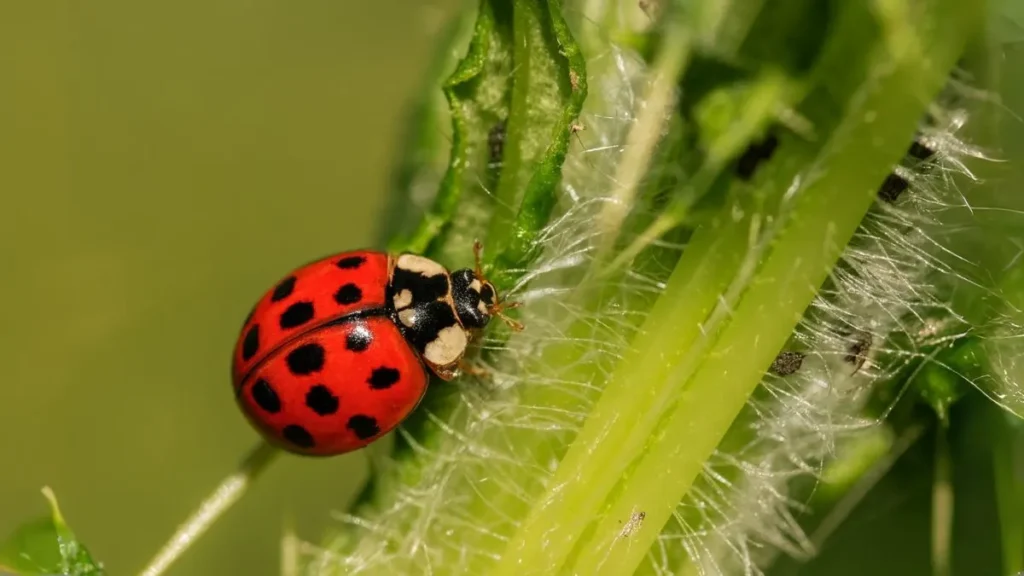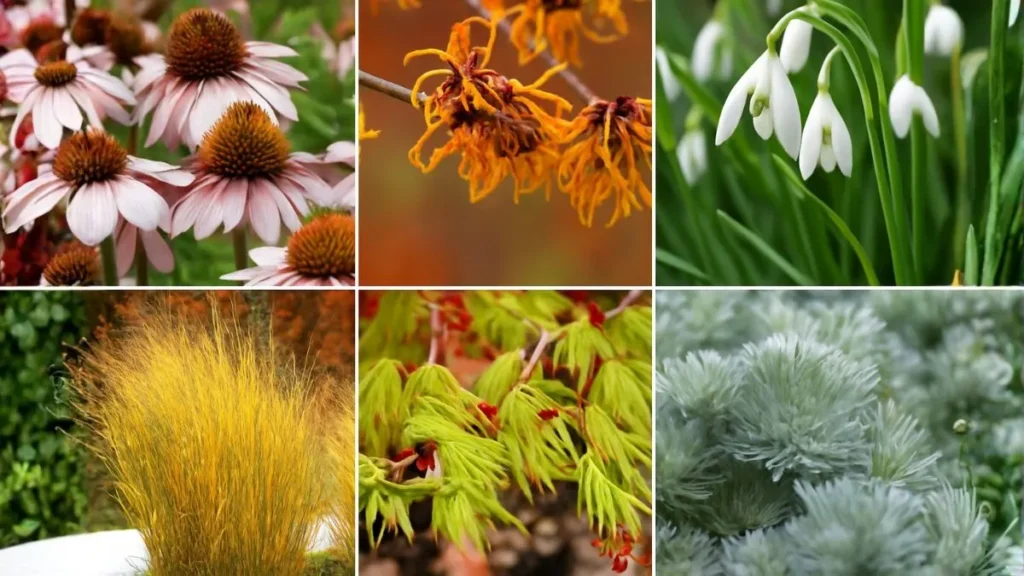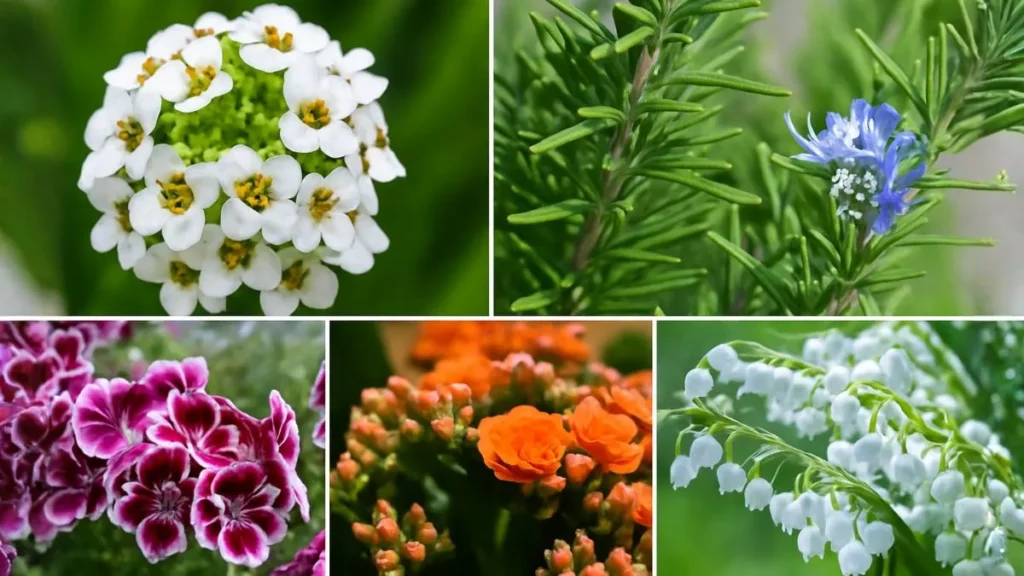Ask any seasoned gardener and they’ll tell you: plants don’t grow in soil, they grow in the life that soil supports. When the soil is alive—teeming with earthworms, fungi, and beneficial microbes—plants thrive without constant fertilizers or chemicals.
But the reality is different for many of us. We often deal with nutrient-depleted, compacted clay or sandy soil that drains too quickly. The good news? With natural techniques, you can transform even the most stubborn ground into a fertile base for vegetables, flowers, and herbs.
I’ve done this myself. When I moved to Toronto, my backyard had sticky clay that suffocated roots. Over a few seasons, through composting and building healthy soil, the clay turned into a dark, crumbly mix that plants loved.
Step 1: Know the Look and Feel of Your Soil
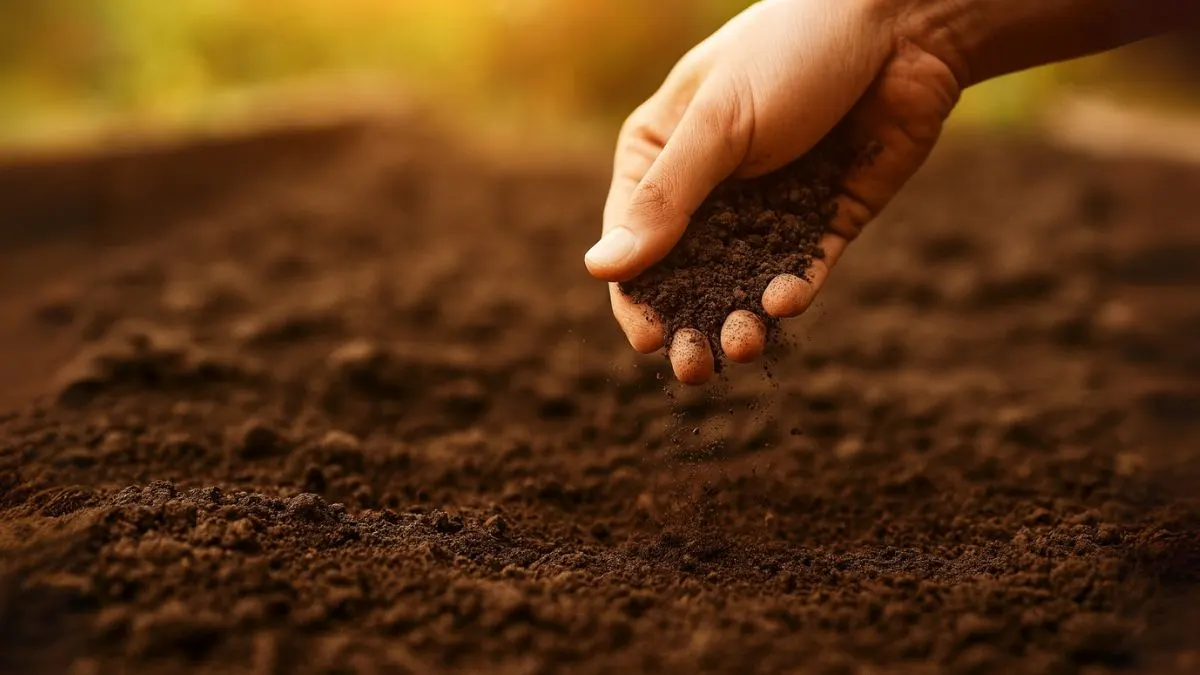
Before fixing soil, you need to understand it. Take a handful—does it clump together like clay, or fall apart like sand? Healthy soil should feel soft, earthy, and hold some moisture without being waterlogged.
When I first tested my garden soil, it was so compact that water would pool instead of sinking in. That’s when I realized the importance of adding compost and aged manure and slowly improving its structure.
Step 2: Add Organic Matter Regularly
Organic matter is the lifeblood of soil. Adding it consistently improves texture, fertility, and water management.
Ways to do this include:
- Adding Compost: Homemade compost recycles your kitchen scraps into natural fertilizer. This is the simplest form of composting and building healthy soil.
- Using Organic Amendments like Compost, Manure, or Worm Castings: These add nutrients and beneficial microbes. I noticed a huge difference in my raised beds once I started using organic amendments like compost, manure, or worm castings—plants grew faster and healthier.
The rule is simple: feed the soil, and the soil feeds the plants.

Step 3: Adding Compost and Aged Manure
Few things enrich soil as deeply as adding compost and aged manure. Compost adds balance, while aged manure brings a boost of fertility. Always make sure manure is well-rotted—fresh manure can burn roots.
I once used aged horse manure in my vegetable garden, and the results were incredible. Tomatoes doubled in size, and leafy greens stayed lush all season.
Also Read: Geranium Watering Secrets: Keep Them Blooming All Season Long
Step 4: Using Mulch to Protect and Nourish
Think of mulch as a protective blanket for your soil. Using mulch helps conserve moisture, suppress weeds, and regulate temperature. Over time, mulch breaks down and contributes organic matter back into the soil.
I’ve found that straw mulch in summer is a lifesaver. It kept my soil cool during Canada’s hot spells, reducing watering needs dramatically.
Step 5: Practicing Crop Rotation
Practicing crop rotation is one of the smartest ways to prevent soil exhaustion. Growing the same crops in the same spot year after year drains specific nutrients. Rotation keeps the soil balanced.
A classic trick is planting beans and peas after heavy feeders like corn or tomatoes. Legumes naturally fix nitrogen in the soil, restoring fertility without chemicals. I used this method last year, and the beans not only thrived but left the soil ready for the next crop.
Step 6: Minimizing Soil Disturbance
Soil isn’t just dirt—it’s a living web. Constant tilling destroys microbes, fungi, and earthworms that keep it fertile. By minimizing soil disturbance, you preserve this ecosystem.
I moved from heavy tilling to light hand-turning and mulching, and the results spoke for themselves: better water retention and healthier crops with less effort. No-till gardening is gaining popularity for a reason—it works.
Step 7: Fixing Drainage with Amendments
Compacted soil and waterlogging are common struggles. Here, organic matter and gypsum lime can help break them up and improve drainage.
Organic matter naturally loosens the soil, while gypsum lime is especially useful for clay-heavy areas. I tried it in a stubborn patch by my fence, and within months, it became looser and easier to work with. My cucumbers and herbs flourished there.
Also Read: Dandelion Roots: The Hidden Treasure Beneath Your Garden
Quick Reference Table
Method |
Benefit |
Best For |
Adding Compost |
Boosts nutrients, improves soil texture |
All soil types |
Aged Manure |
Enriches fertility and organic matter |
Vegetable gardens |
Using Mulch |
Conserves water, enriches soil |
Dry & hot climates |
Practicing Crop Rotation with Beans and Peas |
Restores nitrogen naturally |
Annual vegetable plots |
Minimizing Soil Disturbance |
Protects microbes, improves long-term soil health |
No-till gardens |
Organic Matter and Gypsum Lime |
Breaks clay, improves drainage |
Heavy clay soils |
Bringing It All Together
Soil health isn’t built overnight—it’s the result of consistent, natural care. If you want a thriving garden, commit to these habits:
- Keep adding compost and aged manure regularly.
- Protect with using mulch.
- Balance fertility by practicing crop rotation with crops like beans and peas.
- Build resilience by minimizing soil disturbance.
- Improve structure with organic matter and gypsum lime.
- Never forget the basics: know the look and feel of your soil before making changes.
I’ve seen firsthand how these practices can completely transform a garden. My clay-heavy yard is now fertile, friable, and buzzing with life—all thanks to these simple methods.
The beauty is, these techniques work anywhere—whether you’re gardening in North America, Asia, or beyond.
Also Read: Grass Seeding Made Simple: How to Get a Lush Lawn Fast
Healthy soil = healthy plants = blooming garden. By investing in natural methods like composting and building healthy soil, using organic amendments like compost, manure, or worm castings, and choosing practices that protect soil life, you’re not just feeding plants—you’re building a sustainable ecosystem.
Every gardener has the power to turn poor soil into a thriving foundation. Start small, stay consistent, and watch your garden transform season by season.
